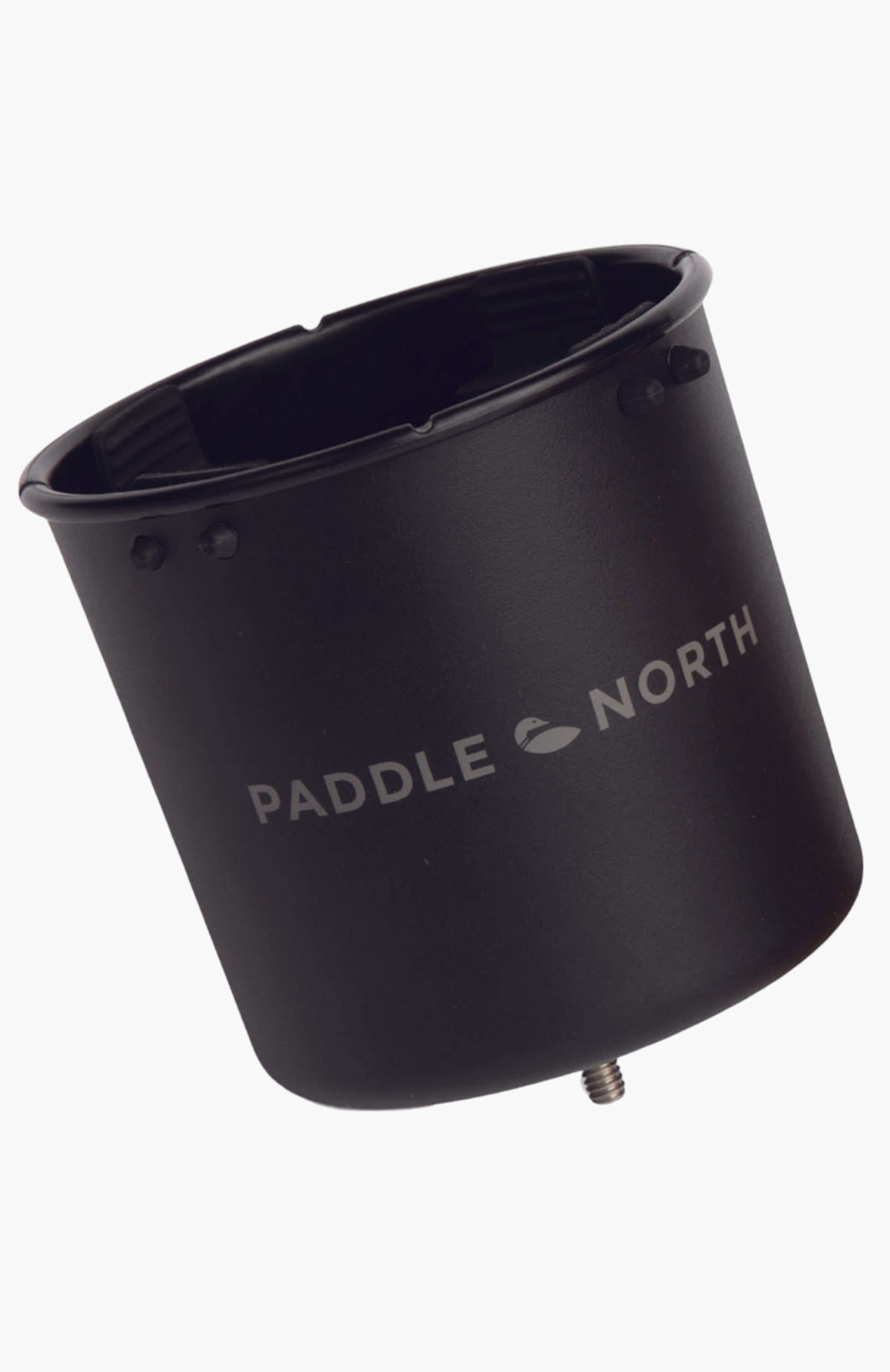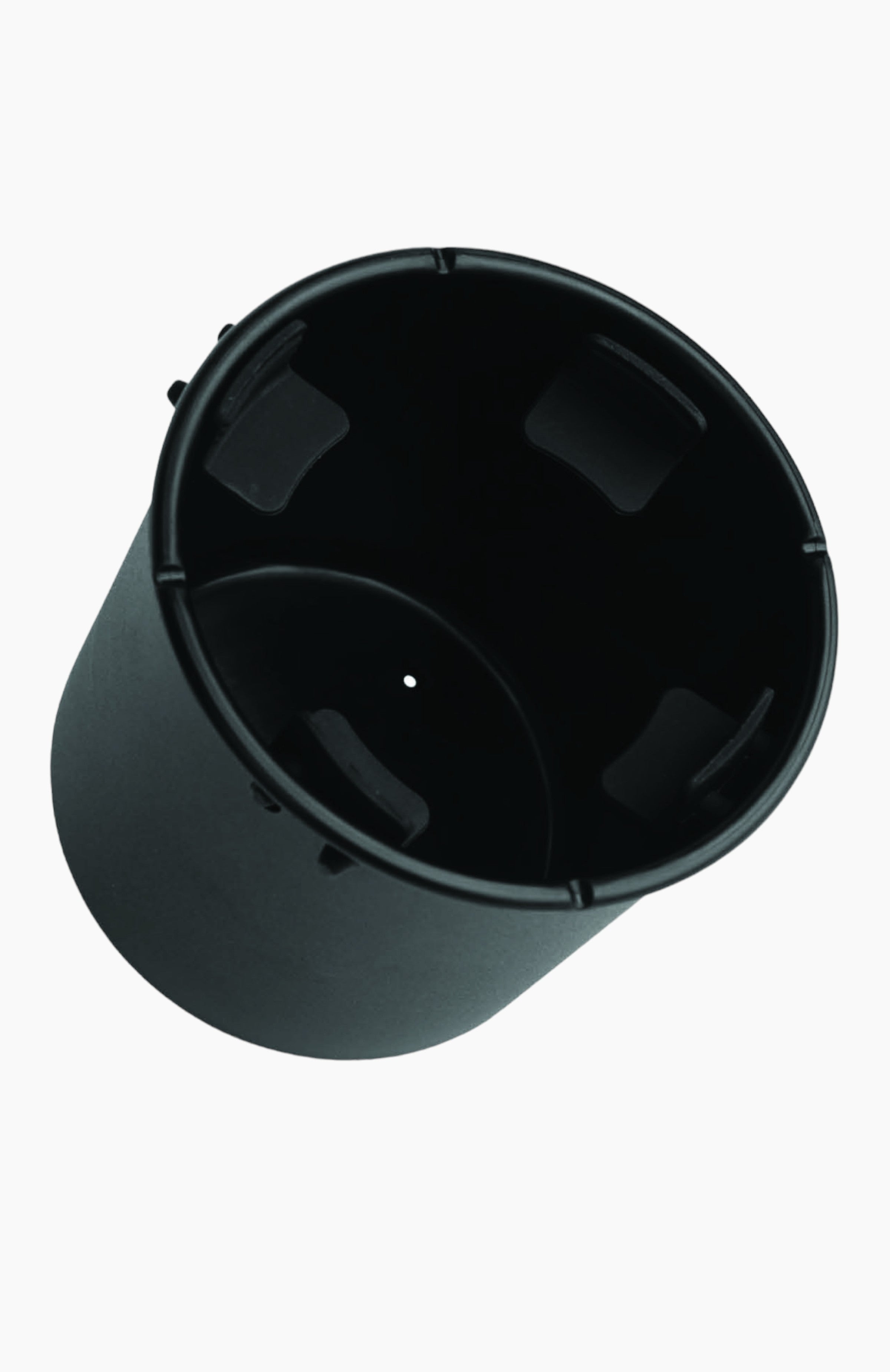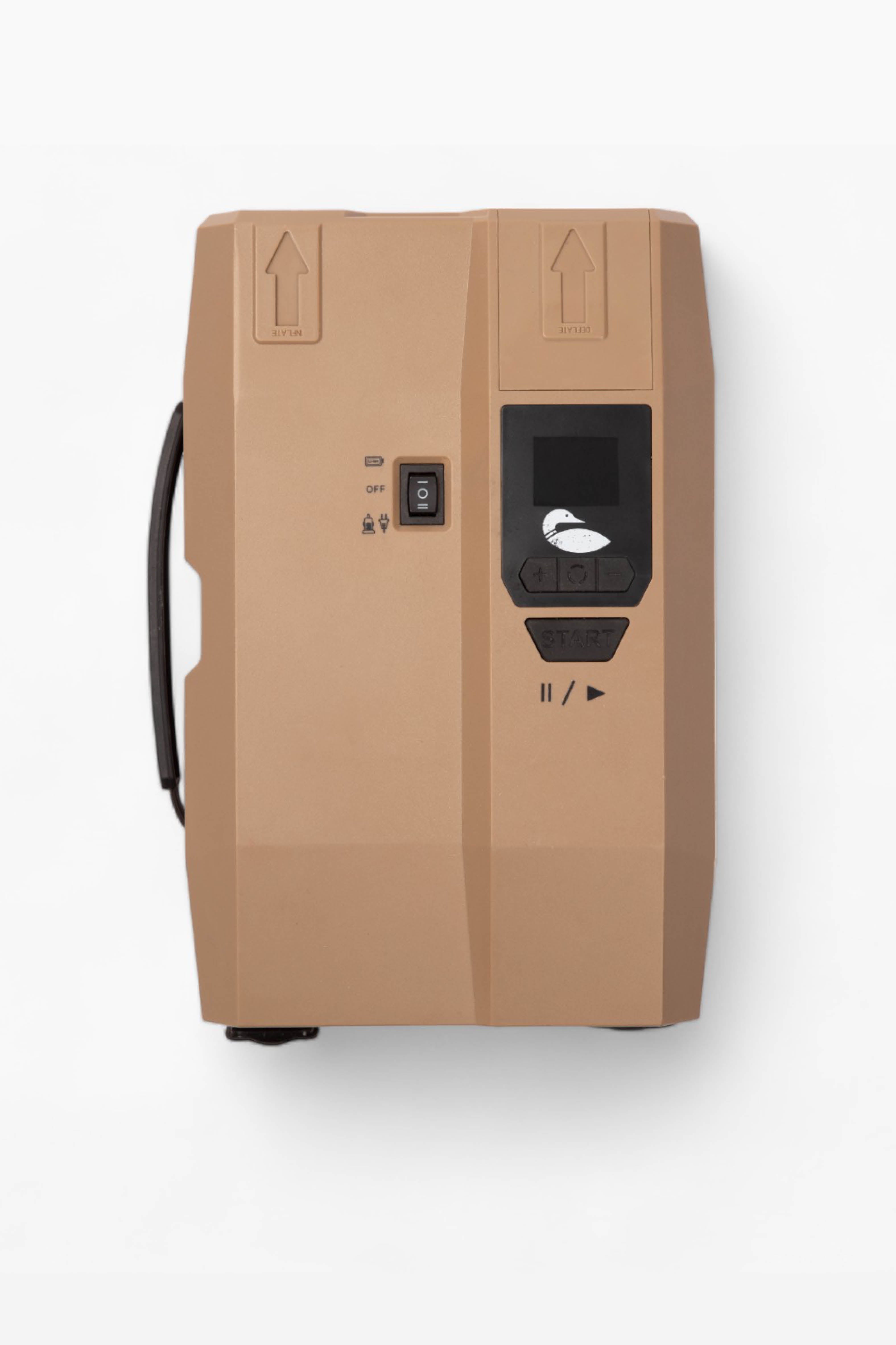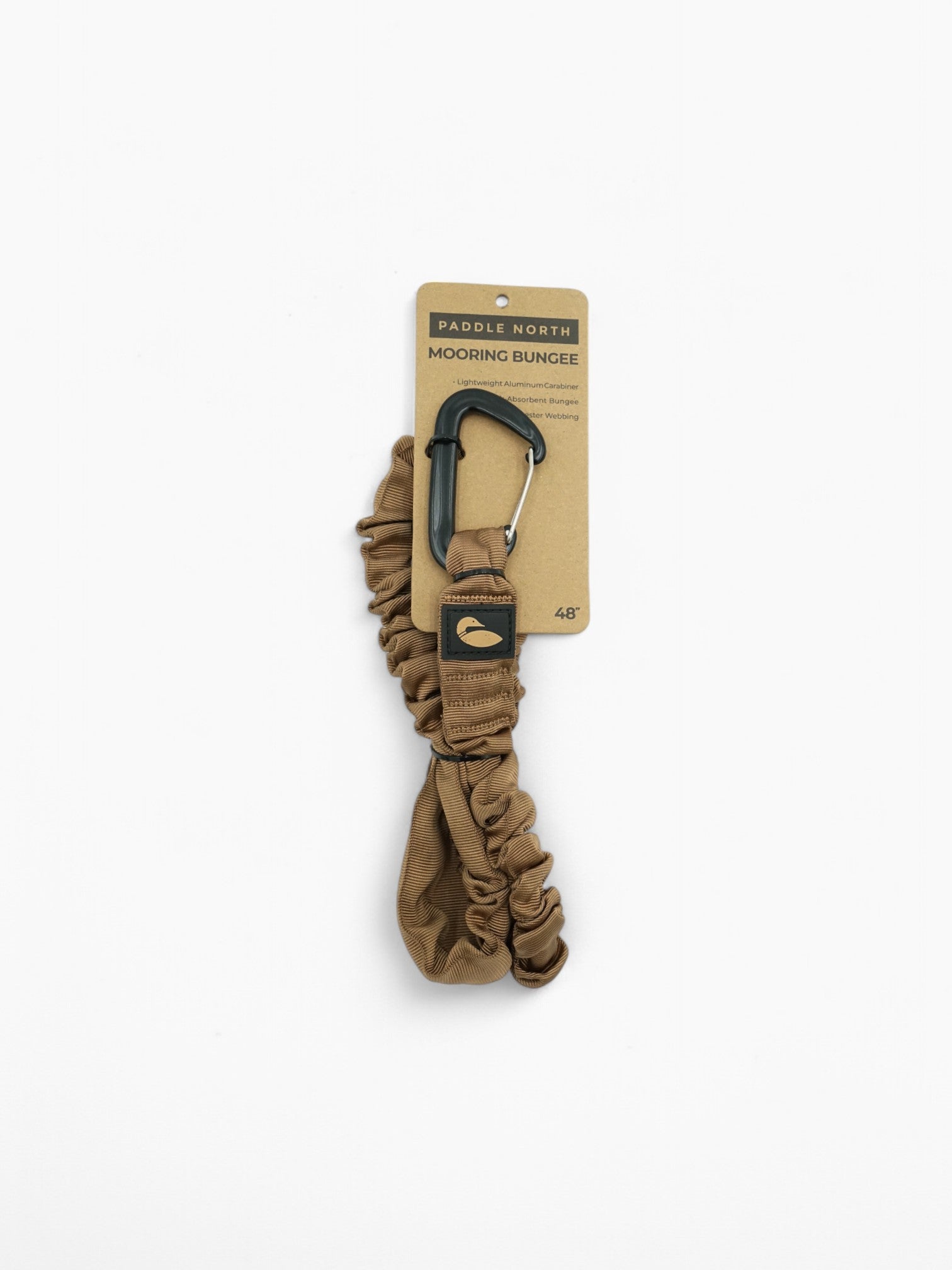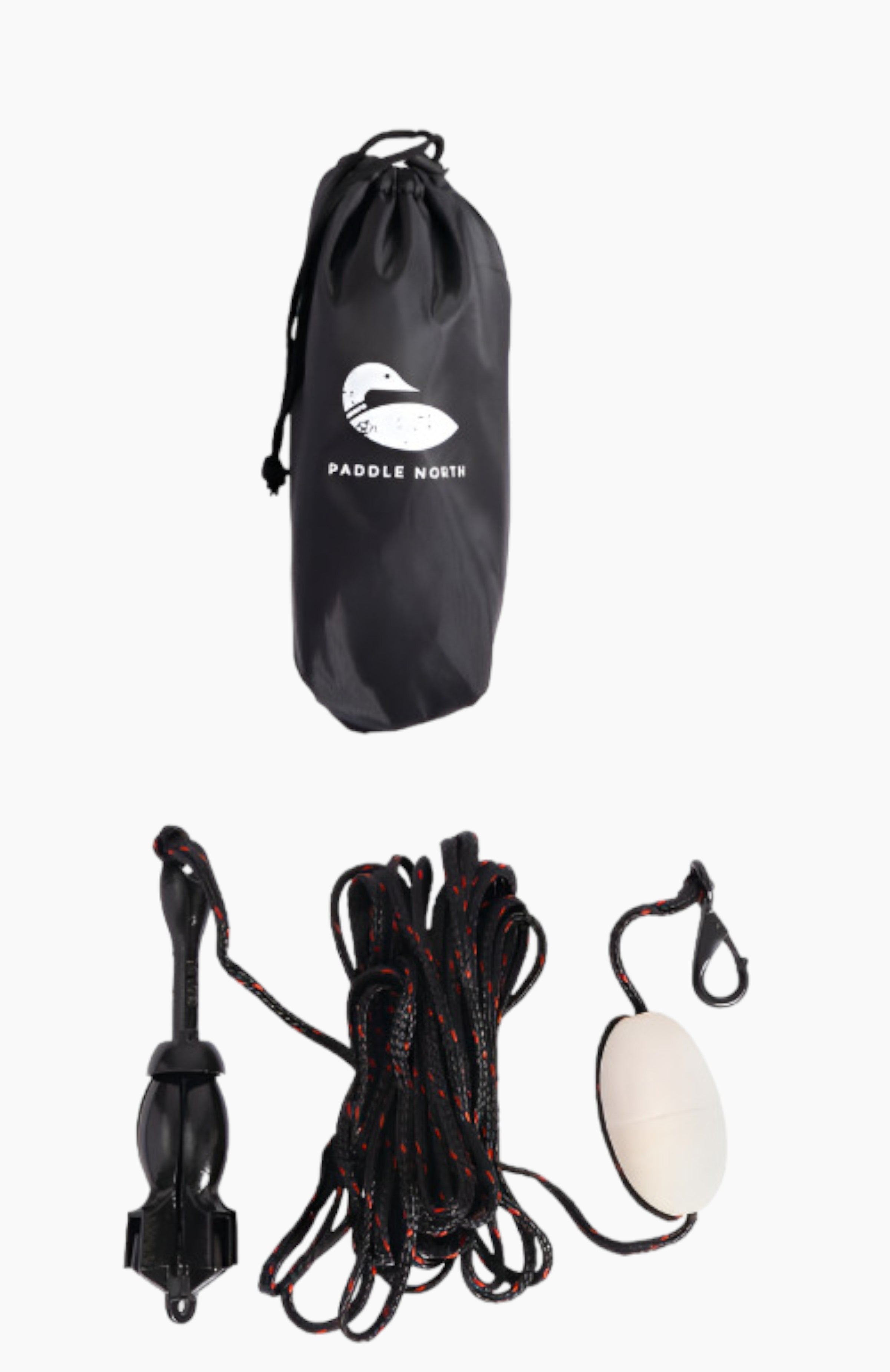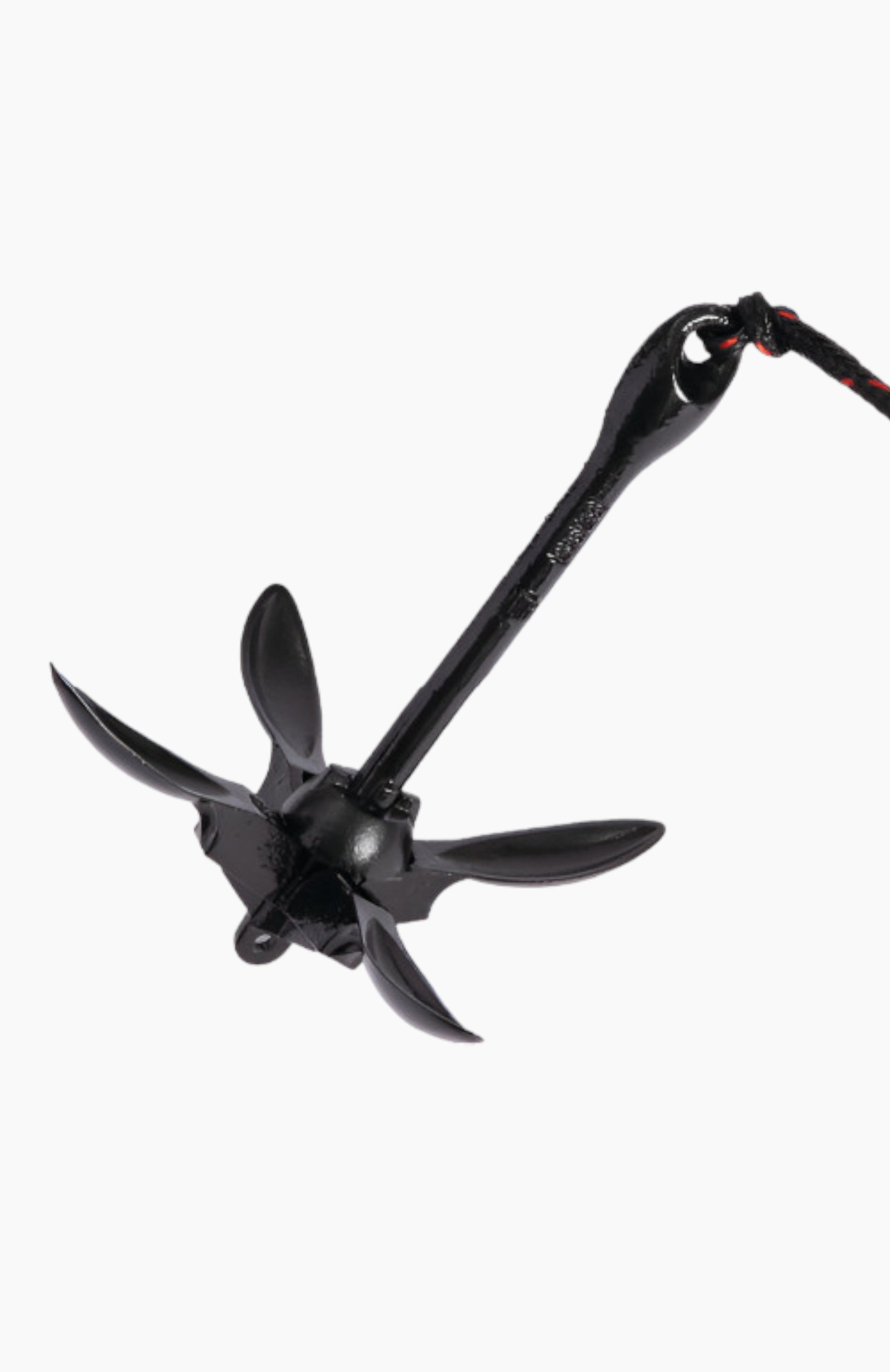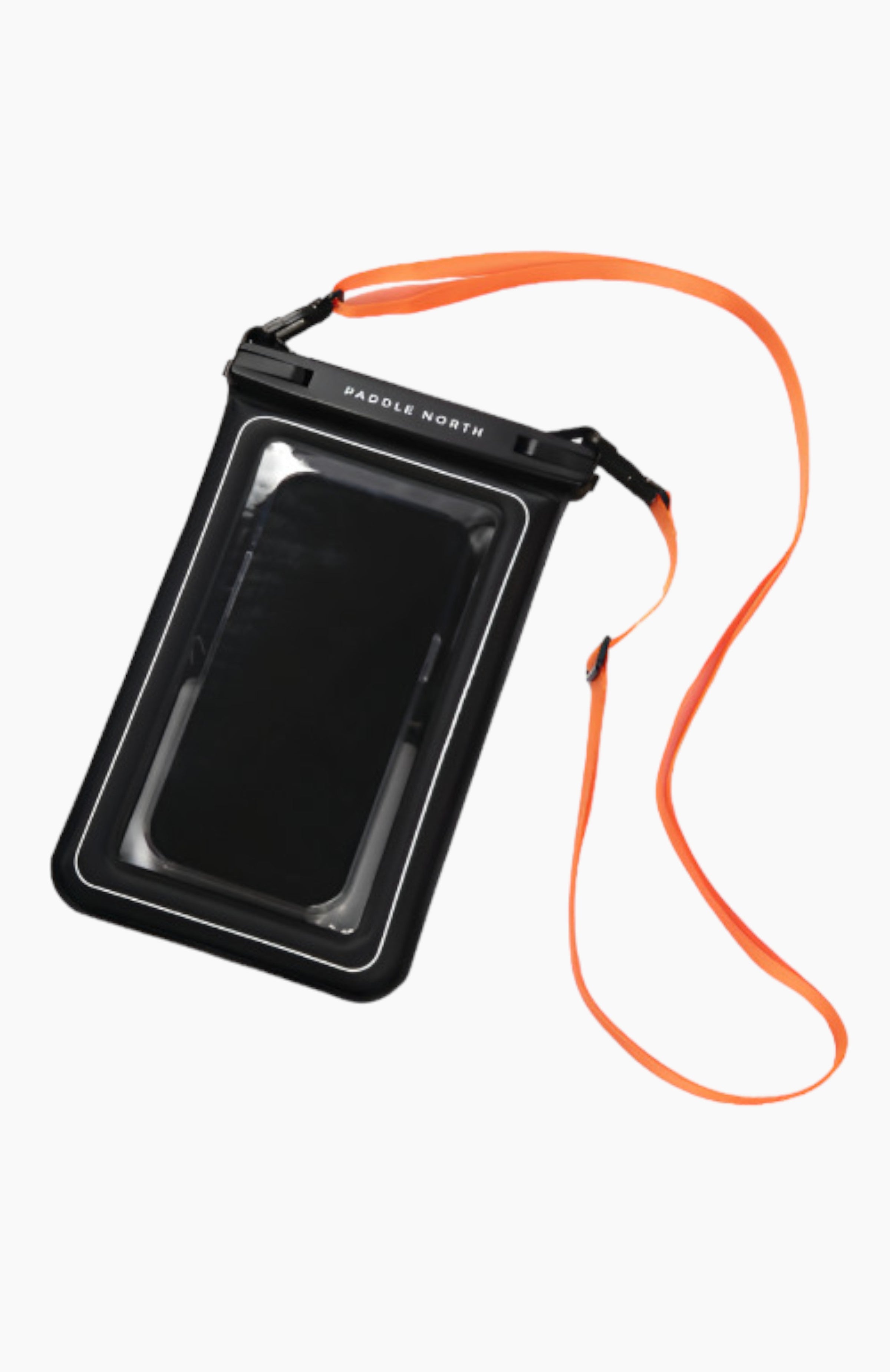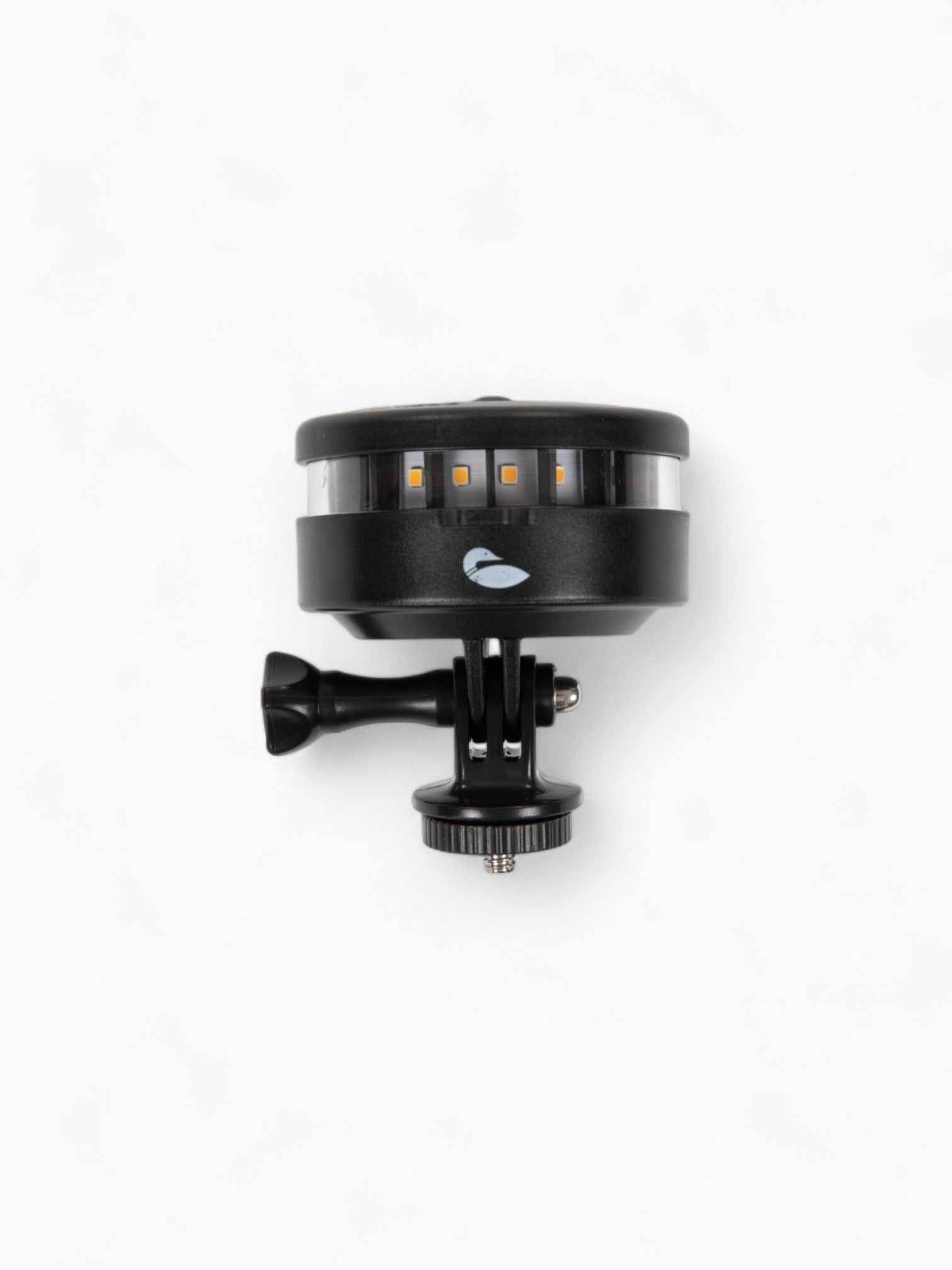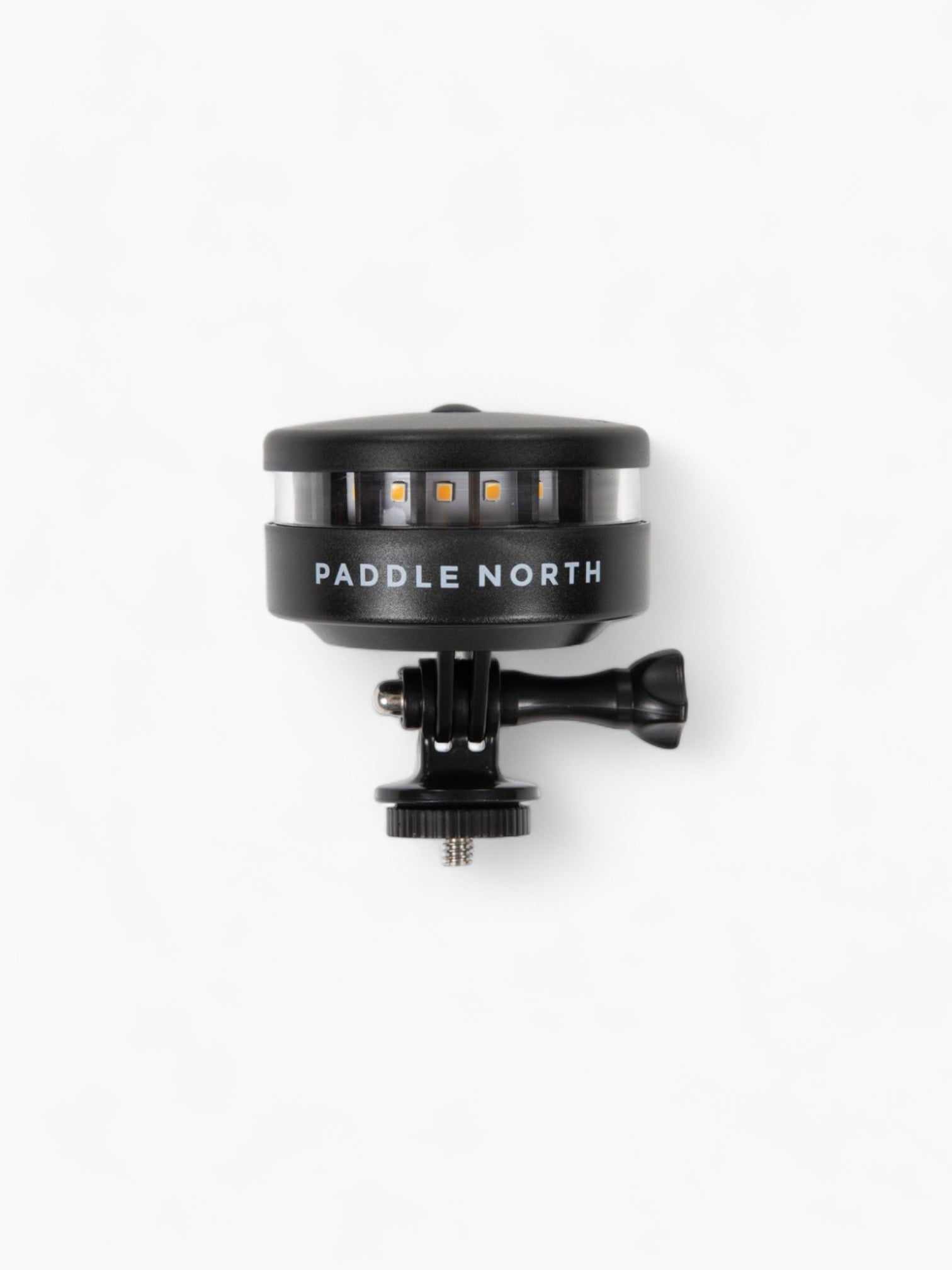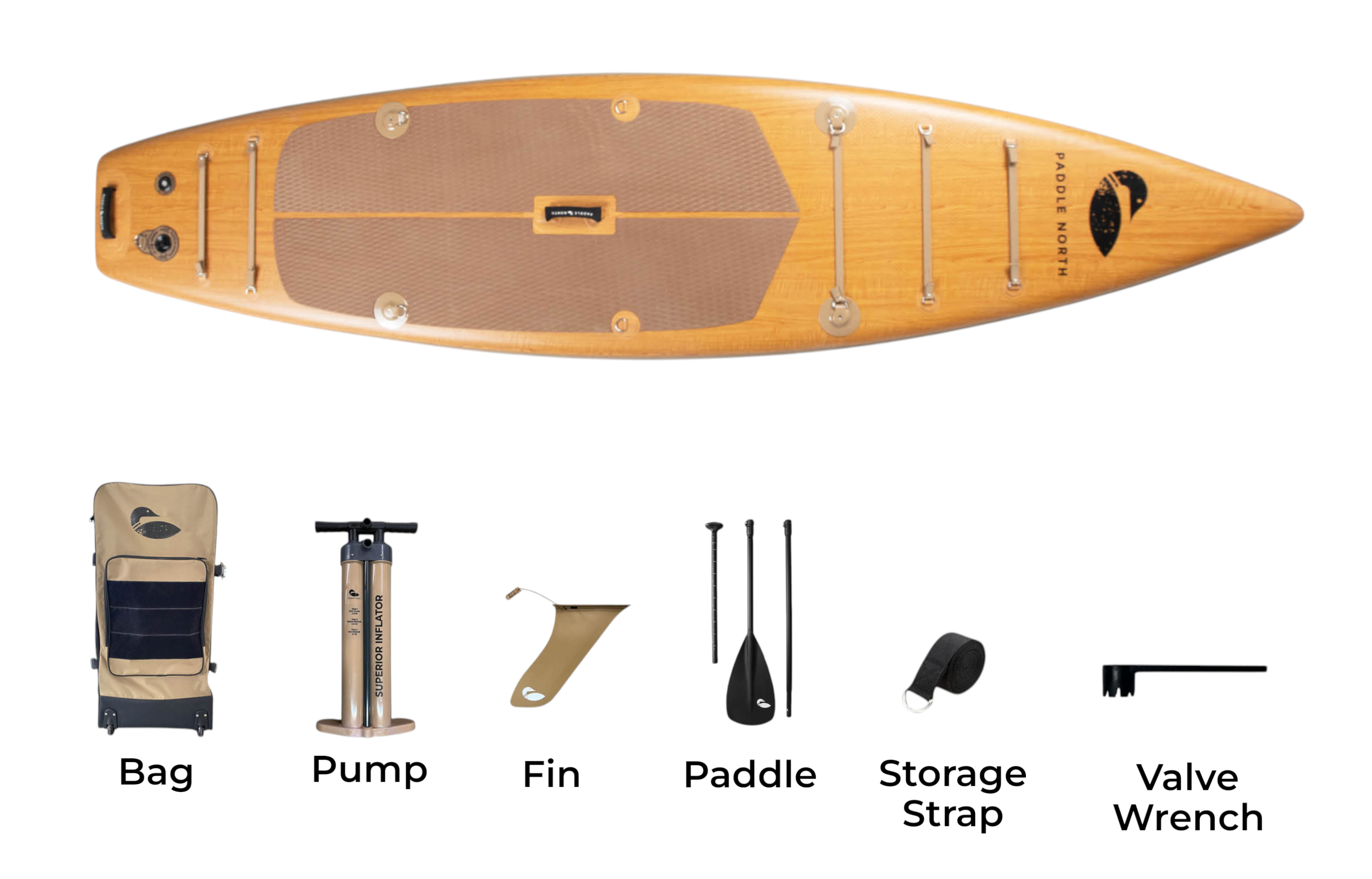
What's Inside?
Your kit should include the Portager inflatable paddle board, double action manual pump, 10" lake fin, 3-piece aluminum SUP paddle, bag, storage strap, and a valve wrench.
Getting Started
Getting Started
Read all safety instructions and guidelines found below. Commit to always wearing a life jacket and make safety a priority on the water.
Safety Instructions - Please Read
Please read carefully prior to use.
Failure to follow safety instructions and precautions may result in serious personal injury or death.
The warnings, cautions, and instructions discussed in this manual cannot cover all possible conditions or situations that could occur.
It is up to the operator to use common sense while using this product.
Do not allow persons to operate or assemble this kayak until they have read this manual and have a thorough understanding of how this kayak works.
This product is not a life saving device. A Type III personal flotation device (PFD) is required at all times while on board the Portager.
Do not use the Portager under the influence of drugs or alcohol.
Do not use this the Portager if you cannot swim.
Do not use the Portager in rough waters, in storm-like conditions, or when lightning is present.
Use caution when getting on and off the Portager.
Consult your physician before using a paddle board.
Use this product only if you know you are in good physical health.
Users of this product are responsible for their own safety.
Do not over inflate. Only inflate within recommended PSI range.
Inspect the Portager for any worn or defective parts prior to use and replace as necessary.
Do not use if product is defective.
Do not use near motorized boats.
While in use, ensure the Portager is in deep enough water, free from hazardous materials.
Always carry the Portager to the water, do not haul it across the ground.
If under 18, always use the Portager under adult supervision.
Users of this paddle board assume all risk and liability.
Inflating Your Portager
1. Take the black valve wrench from the repair kit and ensure the air fill valve (x1) and the pressure relief valve (x1) are tight. Typically, once a year you may need to retighten these valves with the wrench. Warning: Do not ever completely unscrew the valve.
2. Inflating the Portager: Inflating the Portager takes 4-7 minutes, although this does depend on the target psi.
3.1 Ensure the valve pin is in the up position. When the valve pin is up, you can still pump air into the Portager, but it won’t lose any pressure when the pump hose is disconnected.
3.2 Connect the pump hose and inflate the Portager to 5-18 psi. The pump has a PSI gauge, it won’t start reading a pressure until the dock reaches at least ~3-5 PSI. The Portager has a max air capacity of 18 PSI, although 10-14 psi is a good target range. The pressure regulator will activate and slowly let air out if max capacity is ever reached.
3.3. Electric pumps and air compressors can be used. We have adapters and e-pumps if inflating manually is an obstacle. If you have an existing e-pump, feel free to use it. You won’t void any warranty or do any damage to the Portager by using an off-brand pump.
Installing Fin
There are no tools required. The fin slides the into the fin box and locks in place with the locking pin.
Deflating Your Portager
1. Deflating the Portager takes just a few minutes. Dry off the paddle board before deflating.
2. Open the valve cap and press down on the center pin for the air valve. The pin will lock in the down position and let all of the air out. Let it sit for a few minutes while air flows out of the Portager.
Optional: The included pump does vacuum the air out by switching the hose connector to deflate on pump.
Storing Your Portager
Storing the Portager inflated or deflated is acceptable. If storing deflated, ensure that the Portager is completely dry. If storing in a below freezing temperature, it is better to have the Portager unrolled, or partially inflated, where the seams won’t be stressed.
Registering Your Portager
Please check local laws and regulations for licensing and registering your paddle craft.
In most states, you are required to register your paddle board.
Steps:
1. Go to your local DMV.
2. Show your sales receipt.
3. Present your paddle board's 12 character serial number beginning with PDN (example: PDN 12345 A1 20).
4. Pay the fee (usually $10-$30) and get a sticker that is good for (typically) a few years.
What is the Weight Capacity?
The Portager can comfortable support up to 350 lbs.
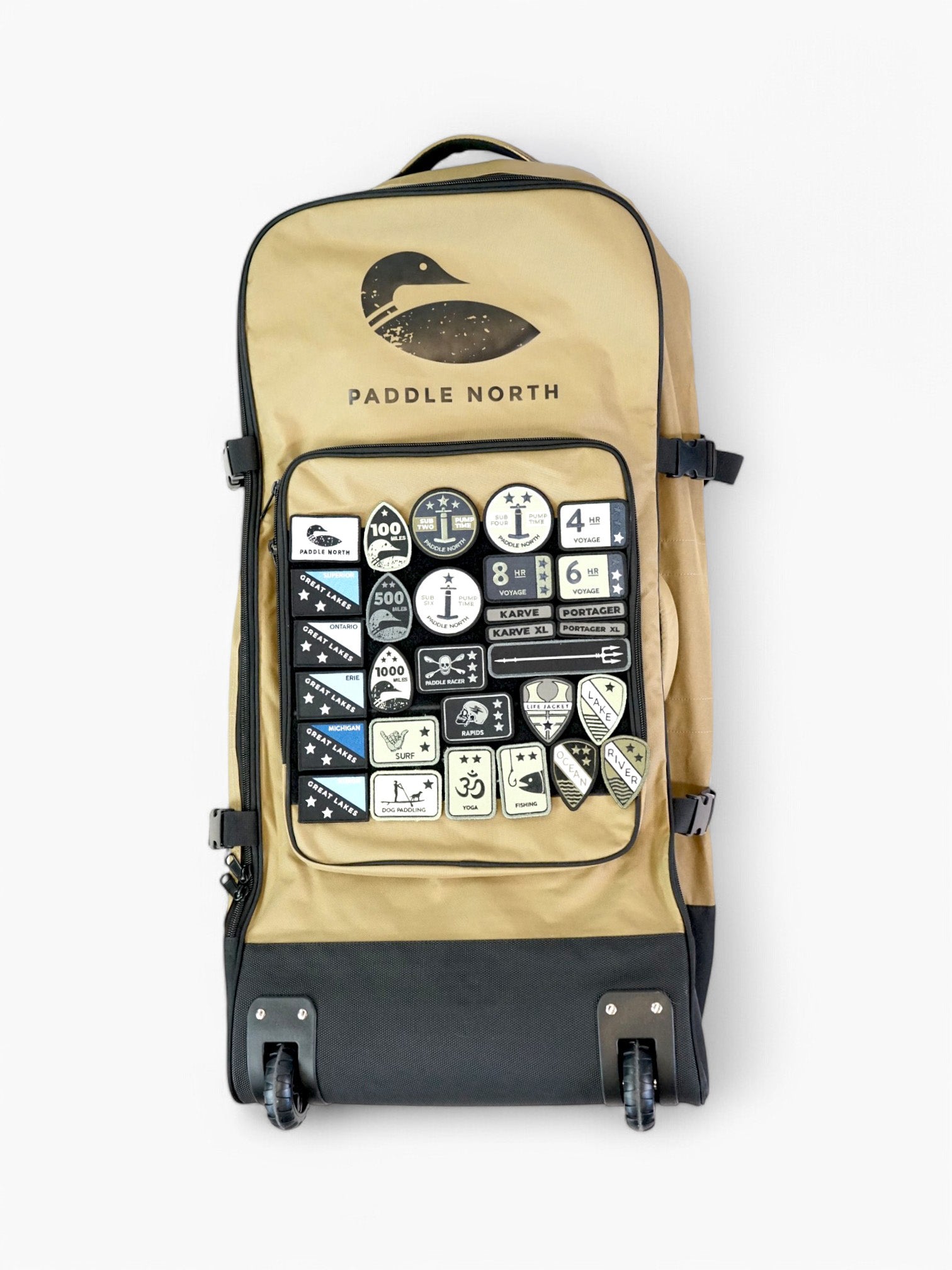
Challenge yourself, explore more, and see the world from the water.
Explore More. Paddle Further.
The Paddle Challenges are more than just a checklist—they’re an invitation to explore, push limits, and see the world from the water. From hidden inland lakes to winding rivers and the vast Great Lakes, each challenge offers a fresh perspective. It’s not just about distance—it’s about the stories, the beauty, and the sense of accomplishment with every paddle stroke.
Grab your badge and take on the adventure.


